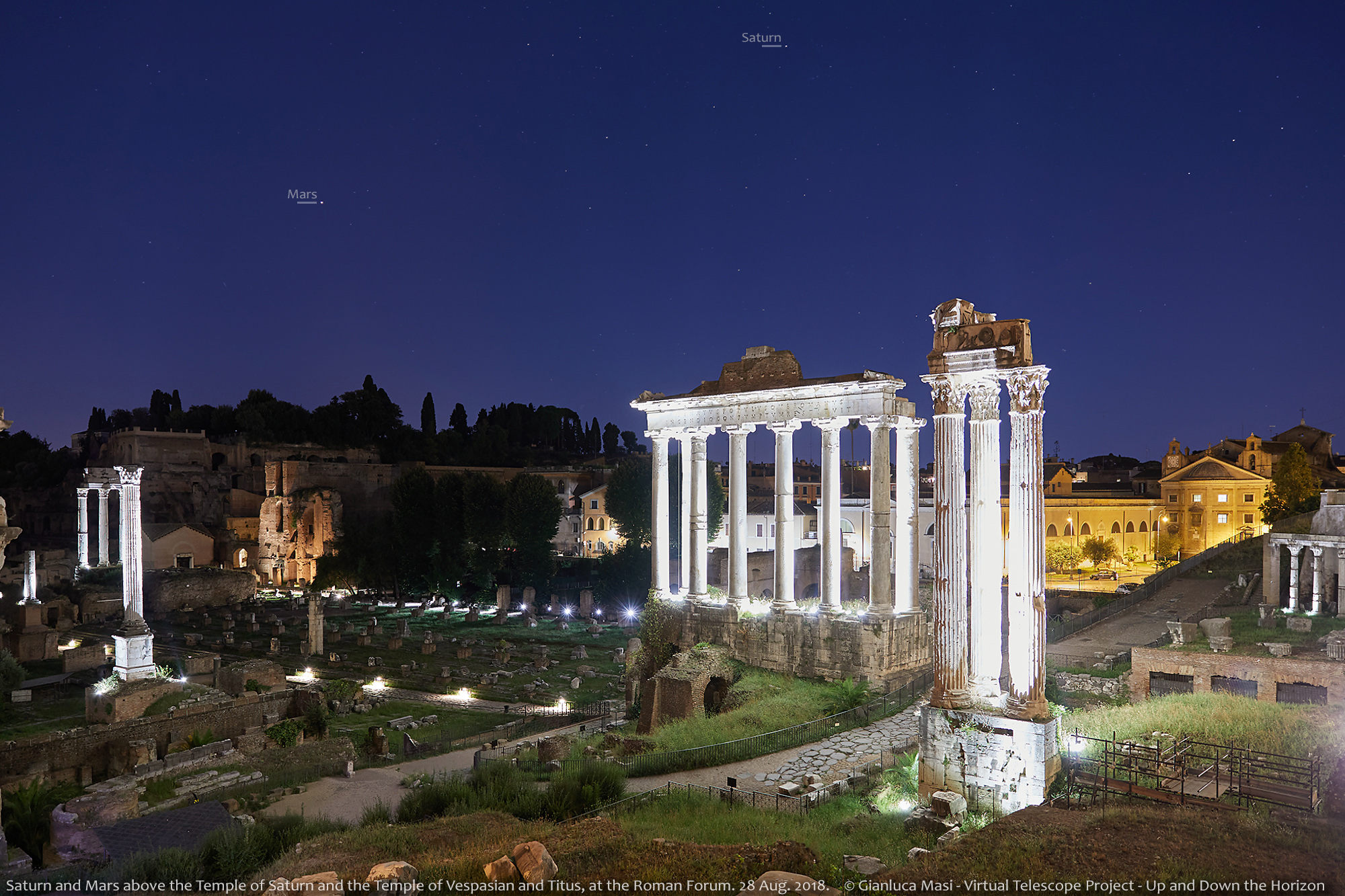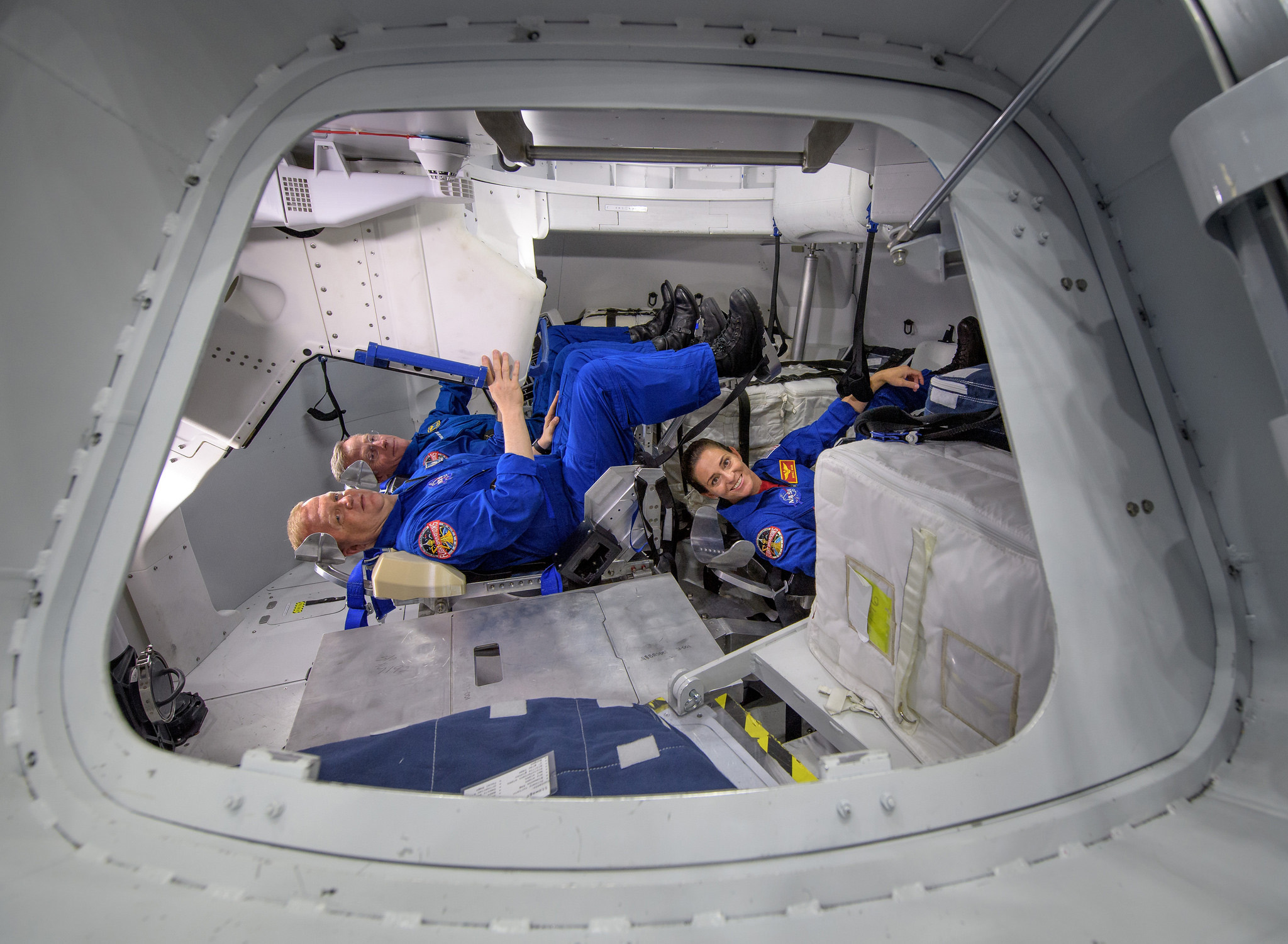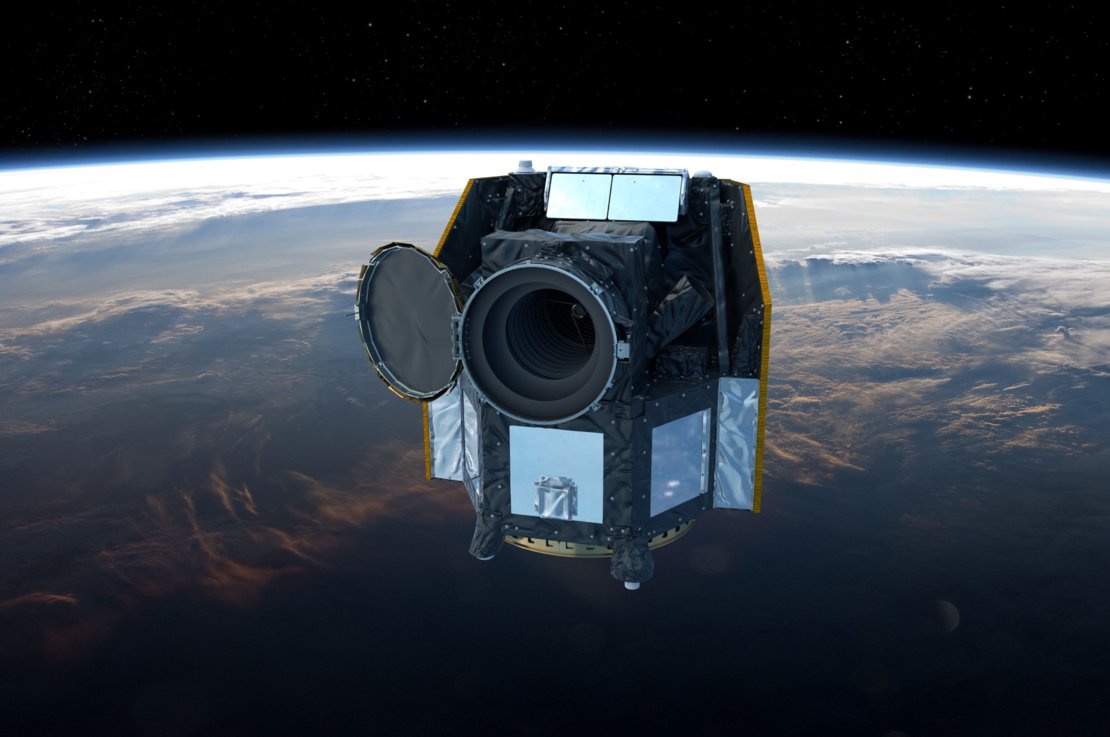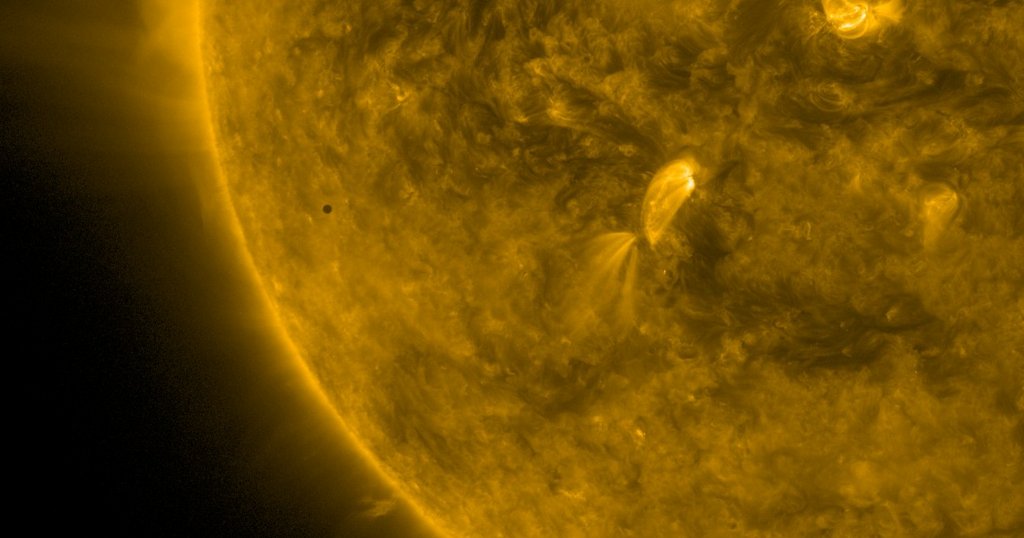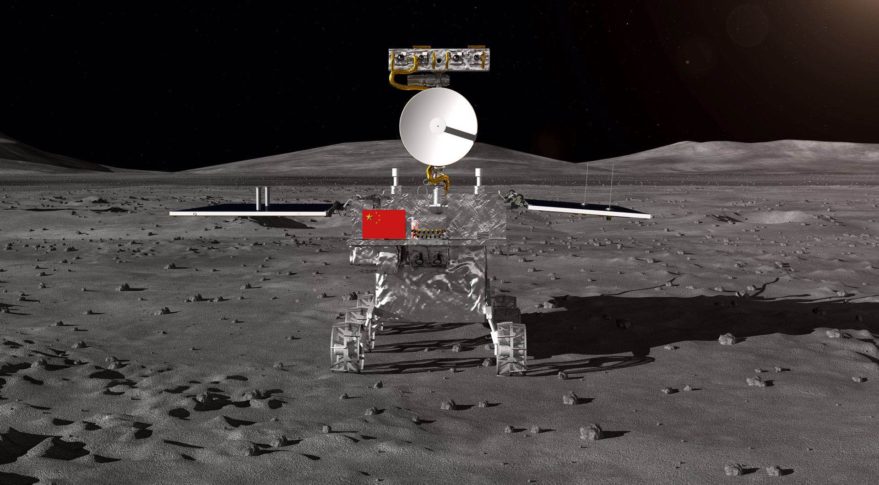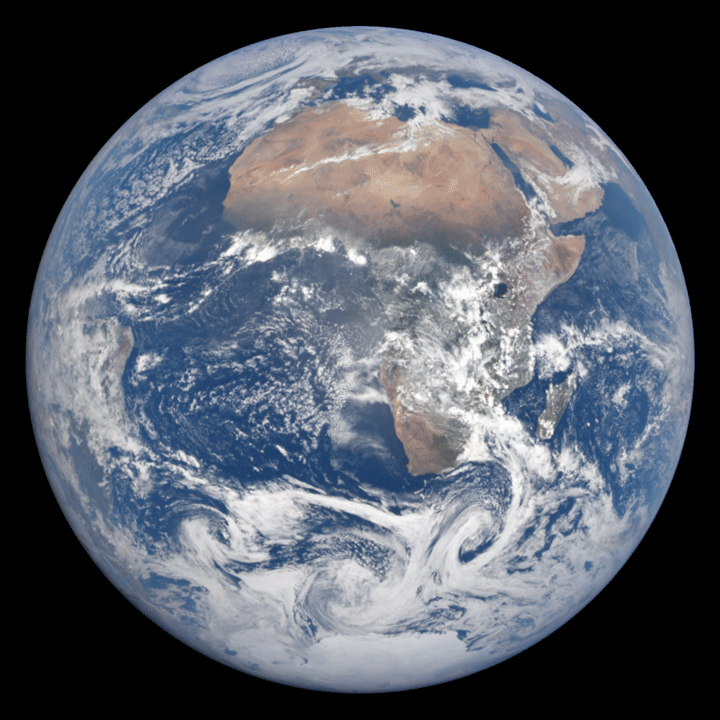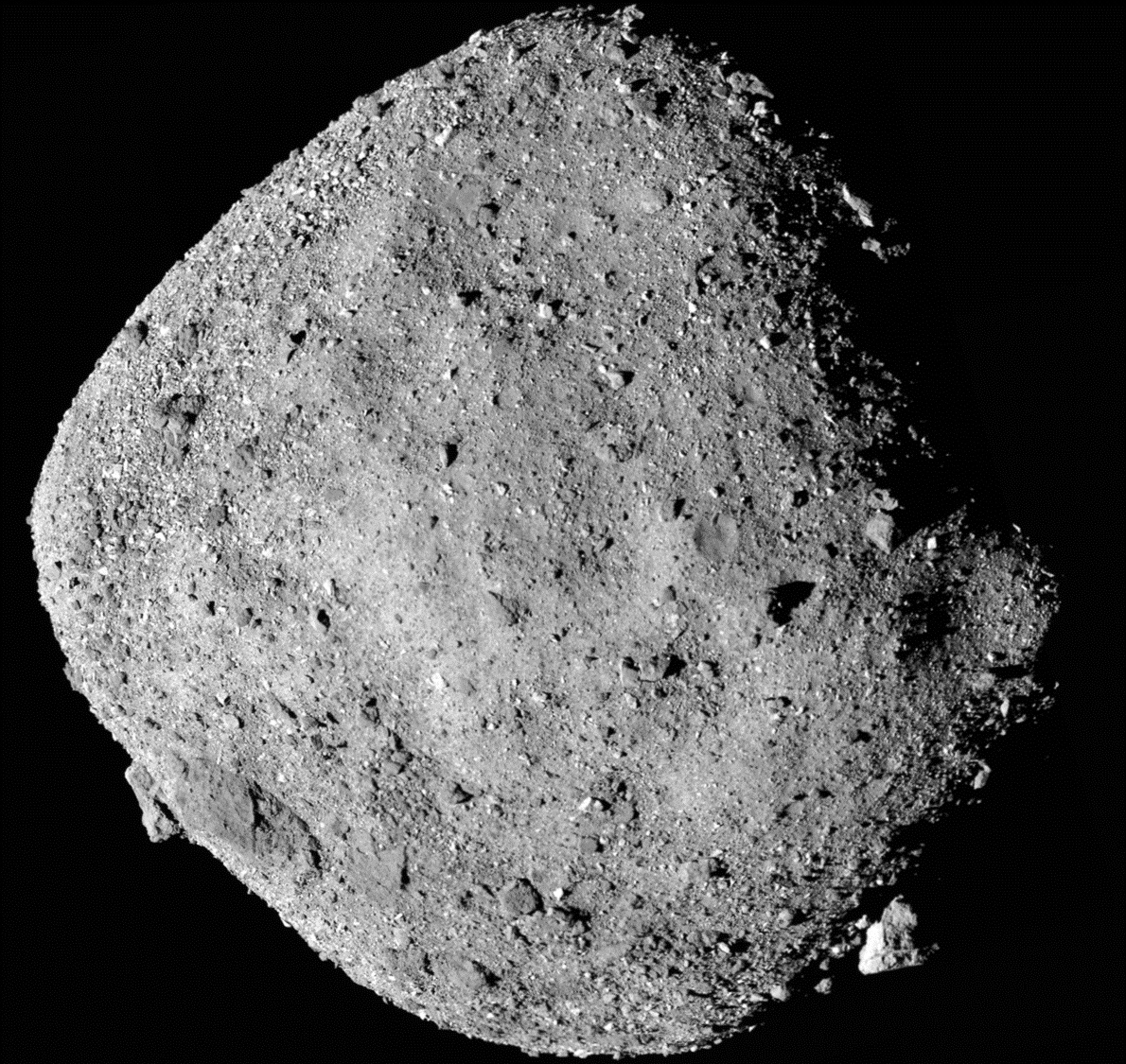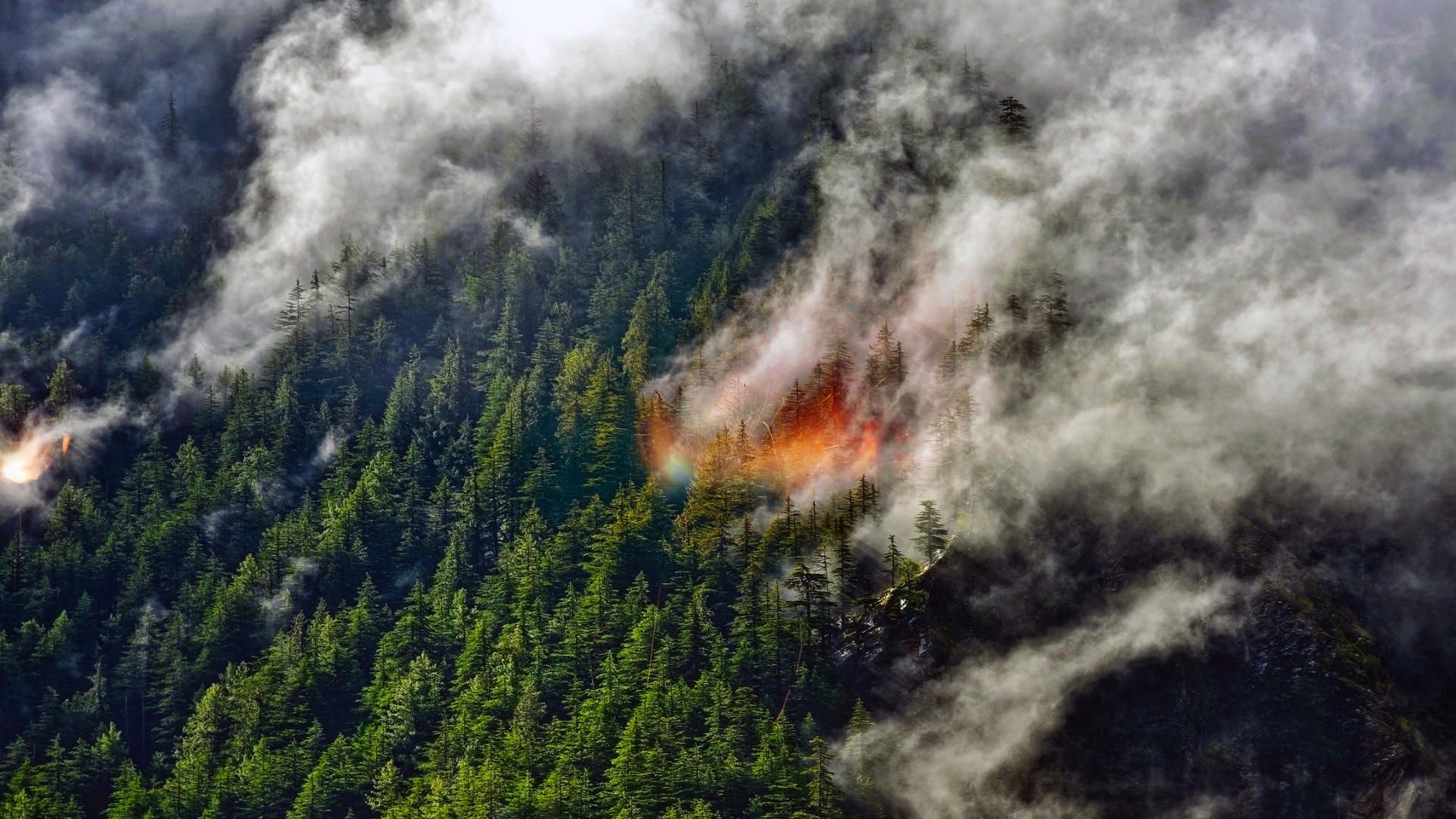The Most Exciting Space Events to Watch in 2019
July 9: Saturn reaches opposition
Saturn will be well placed for observation in Sagittarius, fully illuminated by the sun as it makes its closest approach to Earth. Even though Saturn will still be over nine-times the Earth-sun distance, it will be visible to the naked eye as a magnitude 0.1 golden-hued "star." On top of this, Saturn's rings will be inclined at an angle of 24 degrees to us — almost the maximum inclination they can have — so viewing through a medium-sized or larger telescope you will be treated to one of the best views of the planet's famous ring system, as well as some of its larger moons. [See an incredible image of Saturn at opposition over New York City]
August: Boeing crewed test flight launch
Boeing's crewed test flight will depend on the success of the uncrewed mission in March, but should all go well, NASA astronauts Eric Boe and Nicole Aunapu Mann and Boeing astronaut Christopher Ferguson will be heading for the ISS in the first crewed test of the craft. Planned to launch on an Atlas V rocket from Cape Canaveral, Florida, the craft will spend eight days docked to the ISS. This and SpaceX's Dragon test will be milestones in space exploration, opening up the possibilities of commercial spaceflight. [Read about the astronauts who will fly with SpaceX and Boeing]
Early 2019: CHEOPS will further exoplanet knowledge
A combined mission between the Swiss Space Office (SSO) and the European Space Agency (ESA), the CHaracterising ExOPlanets Satellite (CHEOPS) is a planned space telescope that will aid in the study of known exoplanets discovered in previous missions. Launching from the Guiana Space Centre in Kourou, French Guiana, its main goal will be to take measurements of exoplanets which have already had their mass estimated by ground-based surveys. By knowing the radii and the mass of an exoplanet through CHEOPS data scientists will be able to determine the density of the exoplanets, hinting at their composition, which will make them easier to characterize. CHEOPS will also be able to search for shallow transits of planets by measuring photometric signals. [Learn more about the CHEOPS mission]
Nov. 11: Mercury transit across the sun
The passage of a planet across the sun is a rare event to witness. A telescope equipped with a solar filter will be required to watch this transit safely, with a magnification of at least 50x recommended for a good view of Mercury making its way around the sun, which is 277 times bigger than its closest planet. The transit will start at sunrise across North America, with the entire transit visible from the East Coast, South America and west Africa. The transit will be visible from the whole of Africa, Europe and Scandinavia as the Sun sets. Mercury will not make another visible transit until November 2032, so make sure you take this chance! [Learn why Mercury transits are so rare]
Late 2019: Chang'e 5 sample-return mission to the moon
Postponed due to failures with China's Long March 5 launch vehicle in 2017, Chang'e 5 will be the first lunar sample-return mission since the former Soviet Union's Luna 24 back in 1976 and aims to bring back at least 4.4 lbs (2 kg) of moon rock. The region selected for this sample collection is Mons Rümker, a volcanic formation in the Ocean of Storms in the northwest of the moon's near side. China has previously proven it is capable of performing a lunar landing, having had success with 2013's Chang'e 3 lander and Yutu rover, cementing the country's place as a growing power in space exploration. [See photos from China's January 2019 lunar landing]
December: Hayabusa2 heads home
The successor to the Japan Aerospace Exploration Agency's (JAXA) Hayabusa sample-return mission, Hayabusa2's target was a carbonaceous — or C-type — asteroid, 162173 Ryugu. Launched on Dec. 3, 2014, the aim of the mission is to study the asteroid and unlock the secrets of the evolution of the solar system, since asteroids are thought to have delivered water — and therefore life — in the solar system's early history. At the time of writing, Hayabusa2 has successfully deployed two rovers onto the surface, which have returned fascinating images and data about this barren, icy space rock, and is preparing to collect three samples for return. In December 2019, Hayabusa2 will begin its homecoming with the precious cargo on board, eventually dropping it off for further study on Earth. [See photos captured by rovers on the surface of Ryugu]
Dec. 26: Annular solar eclipse
A solar eclipse is only possible because the apparent size of the sun and moon are the same in the sky when viewed from Earth. Also known as a 'ring of fire', an annular solar eclipse occurs when the moon is too far away from Earth — due to its elliptical orbit — to block the entirety of the sun's light. Although you can't see the corona this way, the ring of sunlight around the dark moon looks astonishing in itself. The path of the eclipse will start in Saudi Arabia, travelling east across south India, north Sri Lanka and Indonesia. A partial eclipse will also be visible throughout most of Asia and north Australia. [See photos of a recent annular eclipse]
Breaking space news, the latest updates on rocket launches, skywatching events and more!
Throughout 2019: OSIRIS-REx surveys Bennu
NASA's OSIRIS-REx spacecraft will continue to survey the asteroid Bennu, where it arrived in December 2018. The survey will inform scientists preparing to gather a sample from the asteroid next year to bring back to Earth. [See photos of Bennu]
Throughout 2019: Hayabusa2 at Ryugu
Also in 2019, Japan's Hayabusa2 spacecraft will continue its work at the asteroid Ryugu, where the spacecraft has already dropped several rovers and is gearing up to begin sample collection efforts. Hayabusa2 arrived at Ryugu in June 2018 and will return samples of the asteroid to Earth in late 2020.
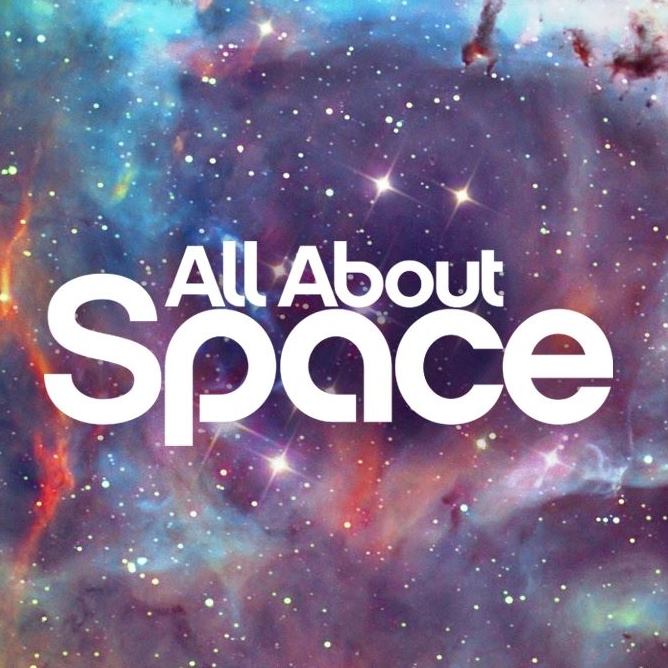
All About Space is where stunning images combine with accessible and authoritative text to educate and inspire readers of all ages while taking them on a spectacular journey through the Solar System to the known limits of the universe. Characterized by quality and accessibility All About Space is a brand dedicated to delivering expert commentary on the latest cutting-edge research, technology and theories in an entertaining and visually stunning way.
Get fantastic offers by subscribing to the digital and/or print edition now. Subscribers get 13 issues per year!
